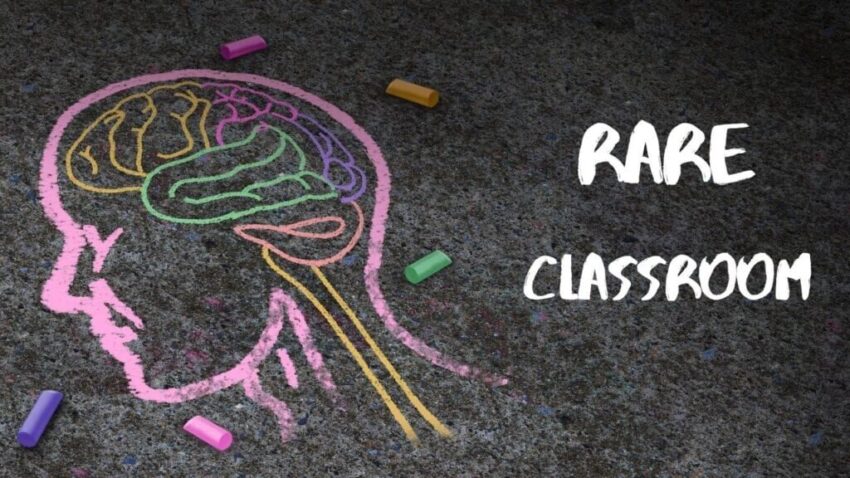Welcome to the Rare Classroom, a new series from Patient Worthy. Rare Classroom is designed for the curious reader who wants to get informed on some of the rarest, most mysterious diseases and conditions. There are thousands of rare diseases out there, but only a very small number of them have viable treatments and regularly make the news. This series is an opportunity to learn the basics about some of the diseases that almost no one hears much about or that we otherwise haven’t been able to report on very often.
Eyes front and ears open. Class is now in session.

The disease that we will be learning about today is:
Crouzon Syndrome
What is Crouzon Syndrome?
- Crouzon syndrome is a rare disorder that impacts the first branchial arch, which is the precursor of the mandible and maxilla.
- A defining characteristic of the syndrome is craniosynostosis, which triggers abnormal skull growth and head shape.
- The branchial arches are critical developmental features in a growing embryo
- Impacts to the development of the branchial arch have widespread and long-term effects
- Diagnosis usually occurs at birth
- Prevalence is estimated at 1.6 out of 100,000 births
- The syndrome is named after Octave Crouzon, a French physician that first described Crouzon syndrome in 1912
Is This Condition Genetic?
- Crouzon syndrome is inherited in an autosomal dominant fashion
- It has been linked to a mutation in the fibroblast growth factor receptor 2 (FGFR2) gene, which is located on chromosome 10
- 40 known mutations on this gene have been linked to the disease, most classified as missense mutations
What Are The Symptoms?
- The principal symptom of Crouzon syndrome is craniosynostosis, which causes abnormal head shape
- This results from the premature fusion of the skull sutures; different sutures can be affected, leading to different forms of craniosynostosis (plagiocephaly, frontal bossing, brachiocephaly, trigonocephaly, etc.)
- Other symptoms include:
- Hypertelorism (unusual distance between the eyes)
- Exophthalmos (bulging eyes, due to shallow sockets)
- Protruding chin
- Severe underbite
- Missing teeth
- Hearing loss
- Hydrocephalus
- Breathing problems
- Vision problems
How Is It Treated?
- Prompt treatment of skull abnormalities must take place soon after birth
- Treatment means surgery in order to premature closure of the skull sutures, as this would damage the development of the brain.
- Operations consist of reshaping and repositioning the facial/skull bones
- Without treatment, blindness and intellectual disability will occur
- As multiple sutures are often involved, open vault surgery is a common approach; in patients less than six months, strip craniectomy may be performed
- Psychosocial support may be needed
- If surgery is successful, most patients will have a normal lifespan
Where Can I Learn More???
- Check out our cornerstone on this disease here.
- Learn more about this condition from the Children’s Craniofacial Association.


